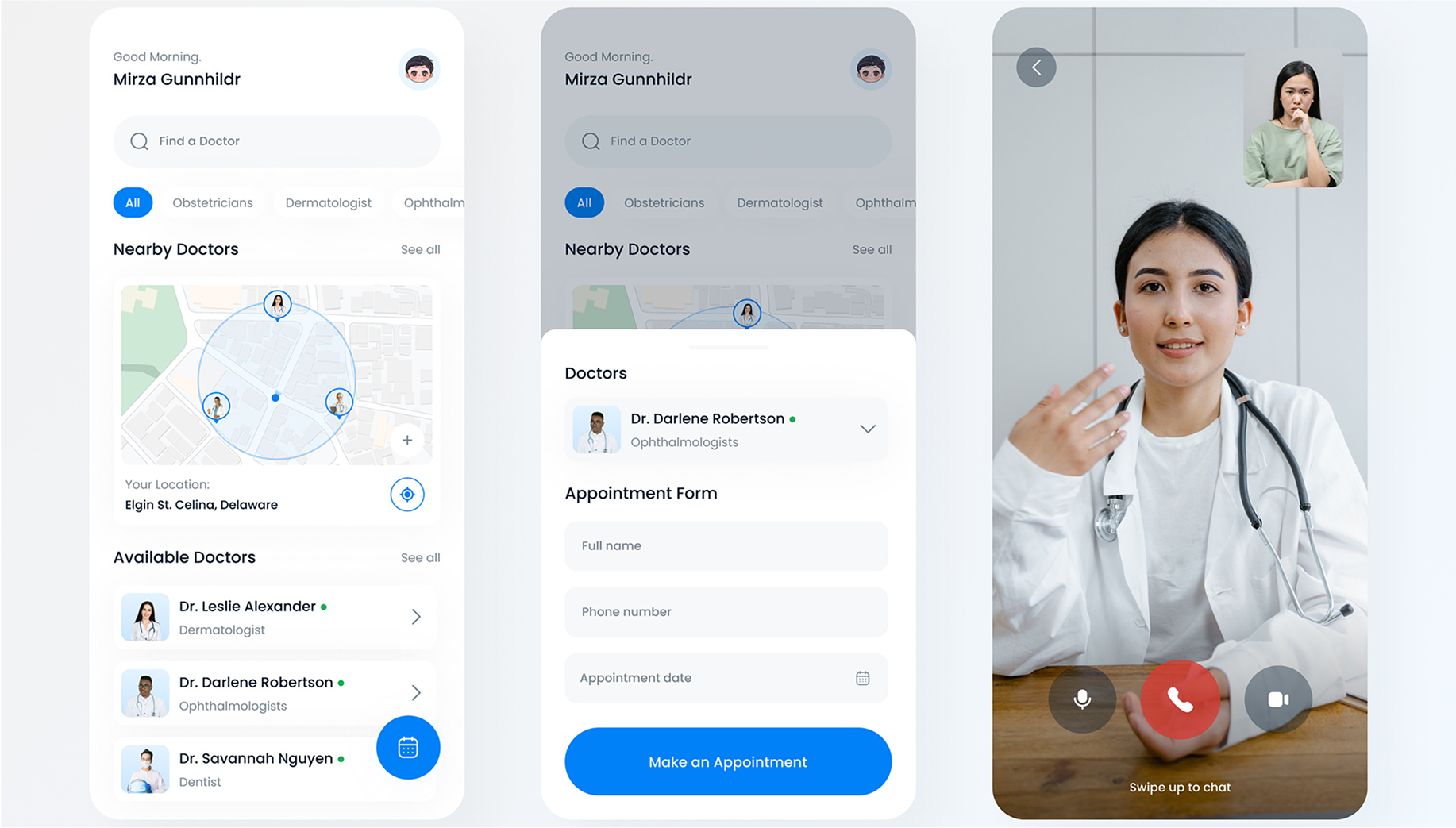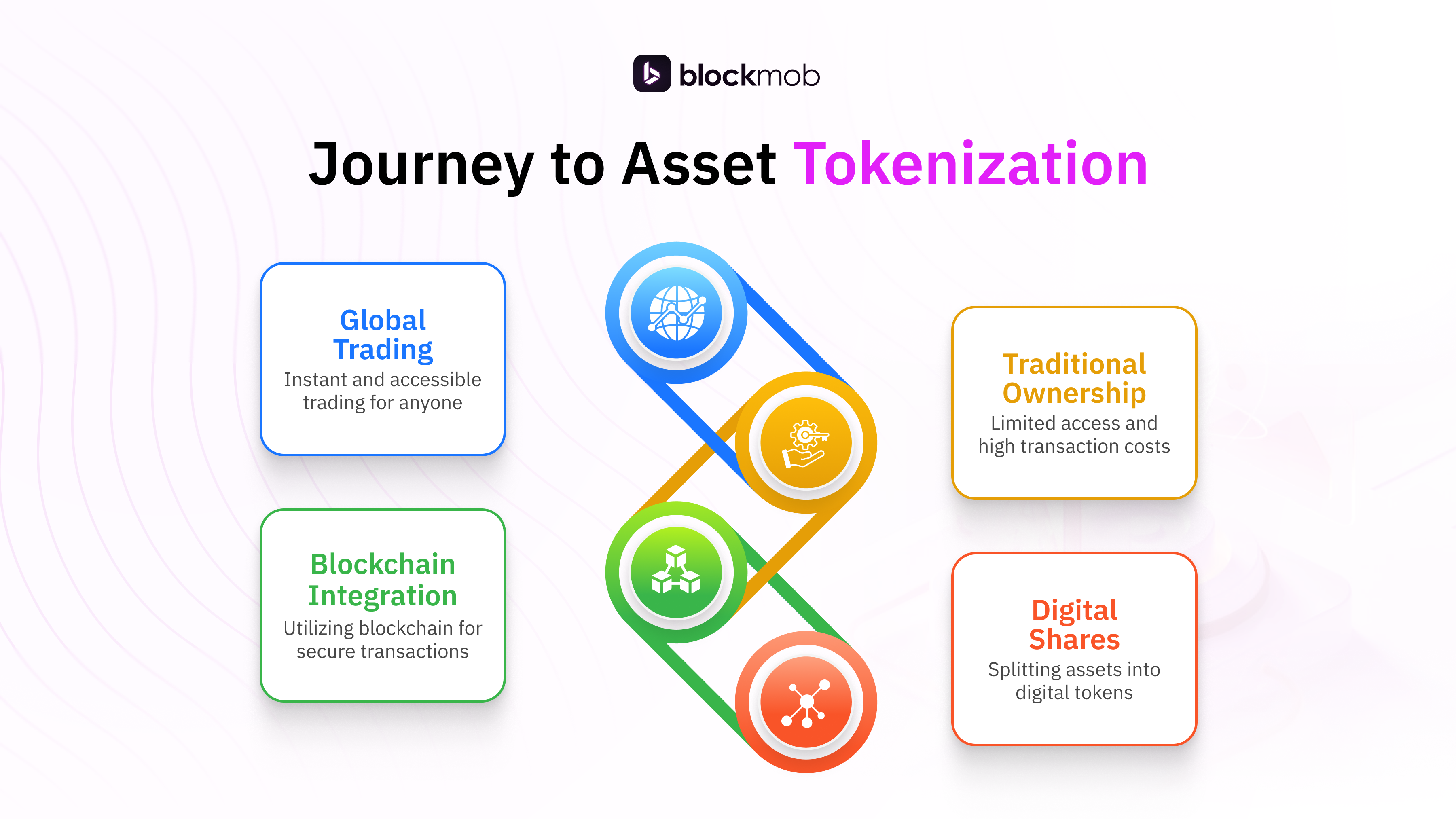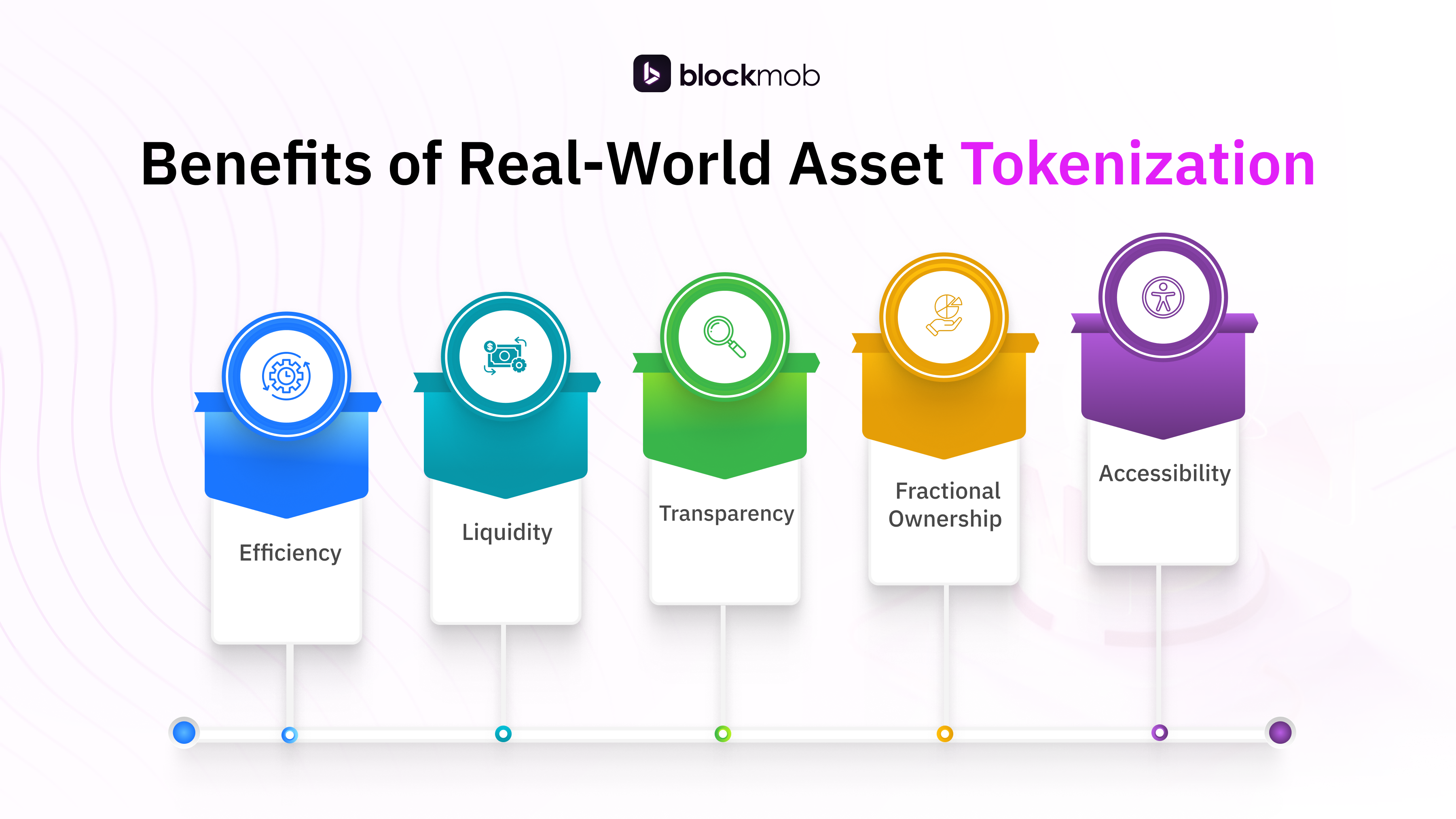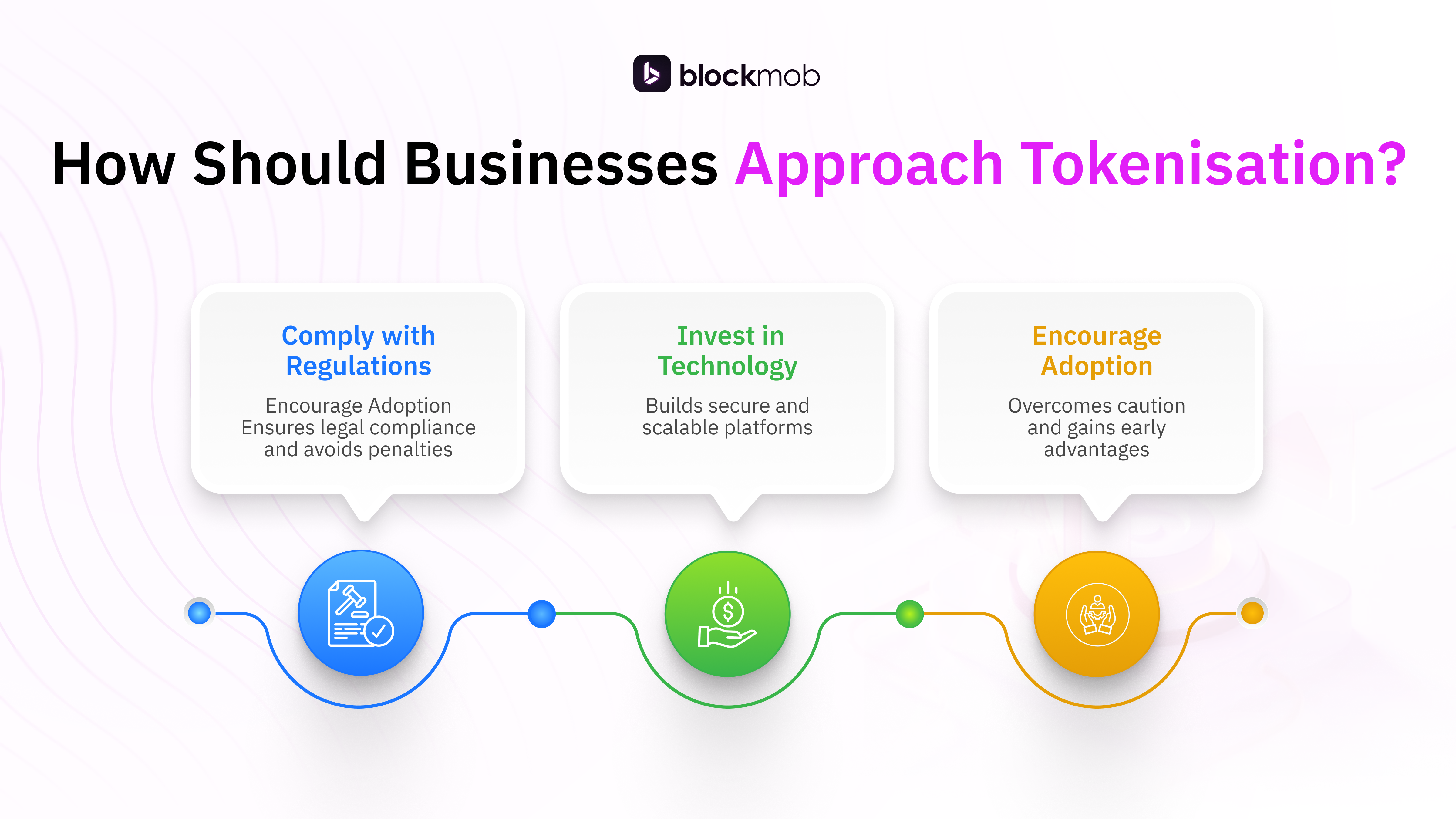What is Real-World Asset Tokenisation? A Simple Guide for Businesses


Learn how real-world asset tokenisation works, why it is the next big step after crypto, and how businesses can benefit from fractional ownership, liquidity, and accessibility.
Why Everyone is Talking About Tokenisation?
Imagine owning a luxury hotel in Dubai. Traditionally, only a few wealthy investors could buy into it, and selling your share would take months, lawyers, and heavy fees. Now imagine splitting that same hotel into digital shares on a blockchain that anyone can buy or sell instantly, just like trading stock. That is the power of real-world asset tokenisation (RWA tokenisation), turning physical and financial assets into digital tokens that can be traded globally.
For businesses and investors, this is more than hype. It’s the next major step after cryptocurrencies, opening doors to liquidity, accessibility, and efficiency that the old financial system struggles to provide.

What Exactly is Real-World Asset Tokenisation?
In simple terms, tokenisation is the process of representing ownership of real-world assets as digital tokens on a blockchain.
- Think of it like a digital certificate of ownership stored on blockchain.
- Each token represents a piece (fraction) of an asset like real estate, gold, artwork, or even company shares.
- These tokens can be bought, sold, or traded globally without relying on banks or middlemen.

An Analogy: Pizza Ownership
Imagine a pizza. Traditionally, one person had to buy the whole pizza. With tokenisation, the pizza is cut into slices, and each slice is represented as a token. Now, 10 people can own one slice each, and they can sell or trade their slice whenever they want.
This simple idea is what makes tokenisation revolutionary.
Why Tokenisation is the Next Step After Cryptocurrencies
Cryptocurrencies like Bitcoin proved that digital money works. But businesses and investors quickly asked: what about other assets?
- If money can be digital, why not real estate, gold, stocks, or even art?
- Tokenisation answers this question by bringing tangible assets into the blockchain economy.
- It bridges the gap between the traditional economy (physical assets) and the digital economy (blockchain).
This is why experts call tokenisation the next big wave after crypto.

Benefits of Real-World Asset Tokenisation
Tokenisation is not just a tech buzzword. It brings real, practical advantages for businesses and investors.
1. Liquidity
Traditional assets like real estate or private equity are hard to sell quickly. Tokenisation turns them into tradeable tokens, creating liquidity in markets that were previously locked.
2. Fractional Ownership
Not everyone can buy a whole building or a gold bar. Tokenisation allows fractional ownership, meaning anyone can buy a small share of a big asset.
3. Accessibility
Tokenisation opens investment opportunities to a global audience. A student in Pakistan could own a fraction of New York real estate.
4. Transparency
Blockchain records every transaction publicly and securely, reducing fraud and disputes.
5. Efficiency
No endless paperwork, banks, or middlemen. Transactions happen digitally, instantly, and securely.

Real-World Use Cases of Tokenisation
Tokenisation is already being tested and implemented across industries.
Real Estate
Properties can be tokenised, allowing global investors to buy fractions of commercial buildings, residential apartments, or hotels.
Art and Collectables
High-value paintings, rare wine collections, or sports memorabilia can be fractionalised and traded digitally.
Commodities
Gold, oil, and agricultural goods can be tokenised to make global trade faster and more transparent.
Supply Chain Assets
Companies can tokenise shipments or warehouse goods, making it easier to finance trade and track ownership.
Company Equity and Debt
Private companies can raise funds by tokenising shares or bonds, giving investors direct digital ownership.
Challenges to Overcome
Like every new technology, tokenisation faces hurdles:
- Regulation: Laws around tokenised assets are still being shaped. Businesses need to comply with financial authorities in different regions.
- Technology: Setting up secure, scalable platforms requires strong blockchain infrastructure.
- Adoption: Many traditional businesses are still cautious, waiting to see proven results before adopting.
Despite these challenges, momentum is building, and early movers are already gaining advantages.
Why Businesses Should Care Now
Waiting too long could mean missing the wave. Businesses that explore tokenisation today will:
- Access new pools of global investors.
- Improve liquidity and capital-raising options.
- Gain a competitive advantage by embracing innovation early.
Just like e-commerce transformed retail, tokenisation has the power to transform asset ownership and investment.

The Role of Blockmob Labs
At Blockmob Labs, we don’t just follow trends. We build the infrastructure behind tokenisation platforms. From secure smart contracts to user-friendly trading apps, our team designs and develops the technology that powers tokenised assets.
If your business wants to explore real-world asset tokenisation, we can help you design and build the right platform, tailored to your needs.
Conclusion: The Future of Assets is Tokenised
Tokenisation is not science fiction. It’s happening right now, with real estate, art, commodities, and more being converted into tradeable digital tokens. For businesses, it offers liquidity, global access, and efficiency like never before.
The world is moving toward a more open and digital economy. The question is: will your business be part of it?






